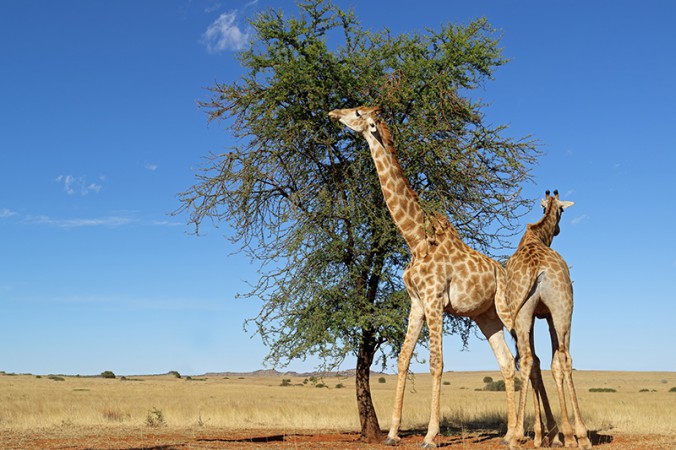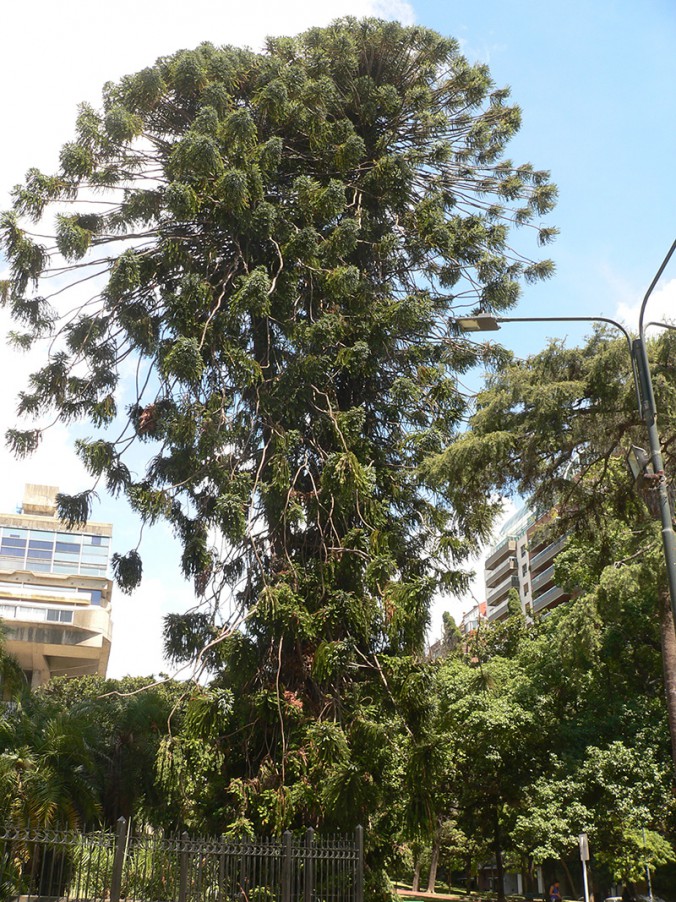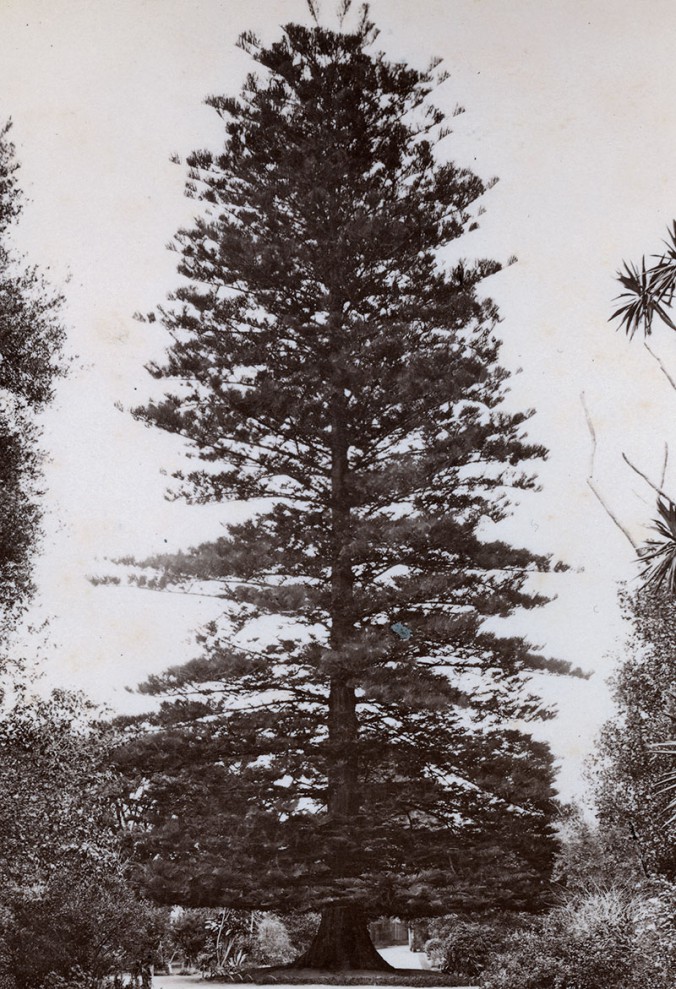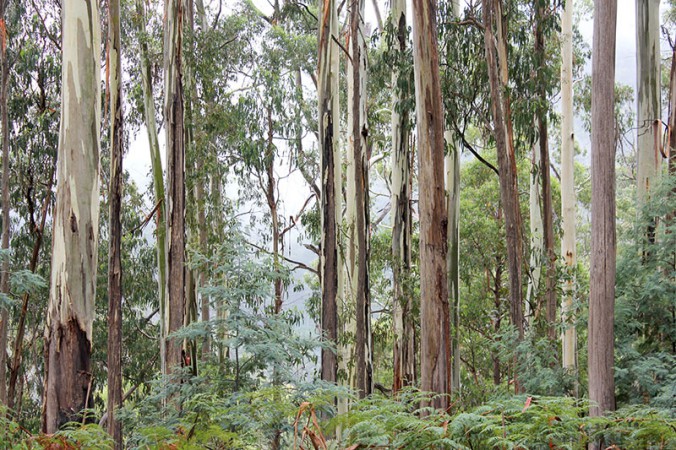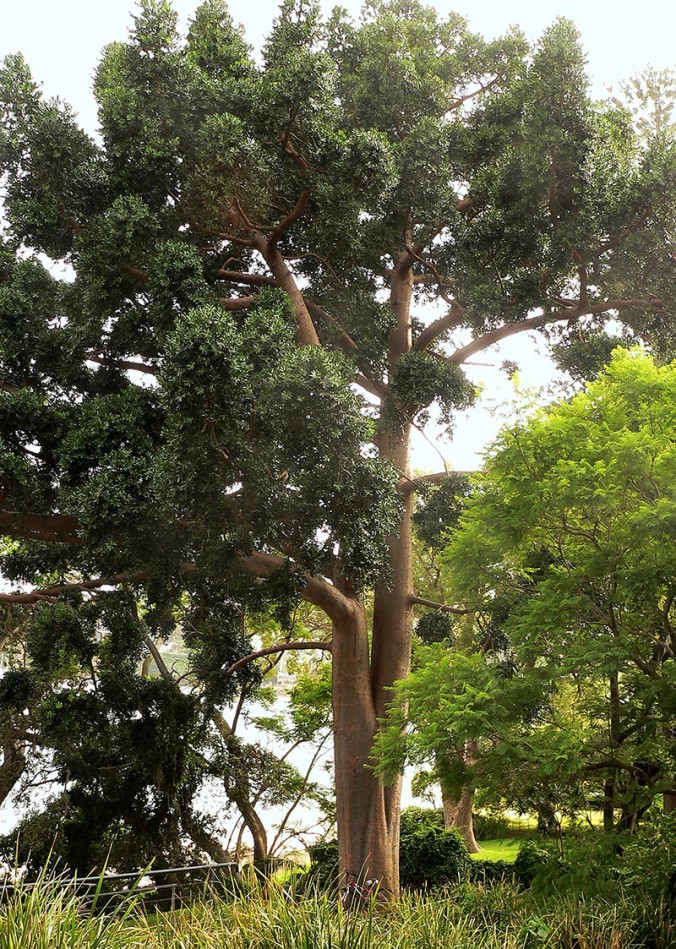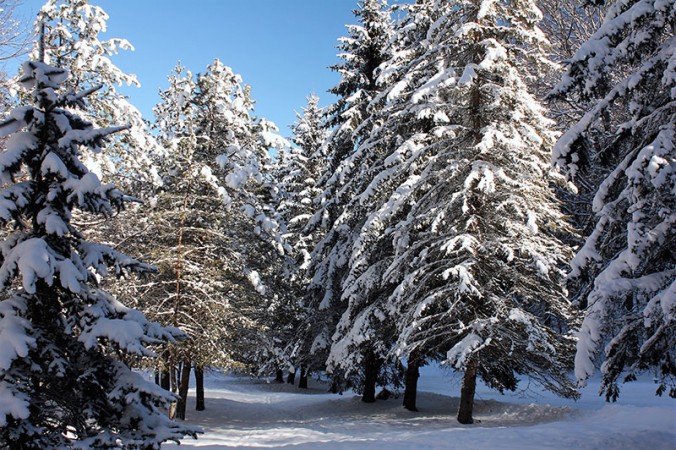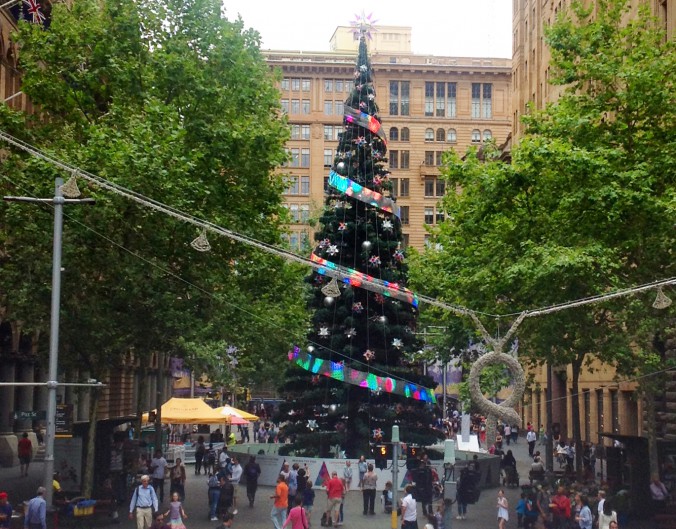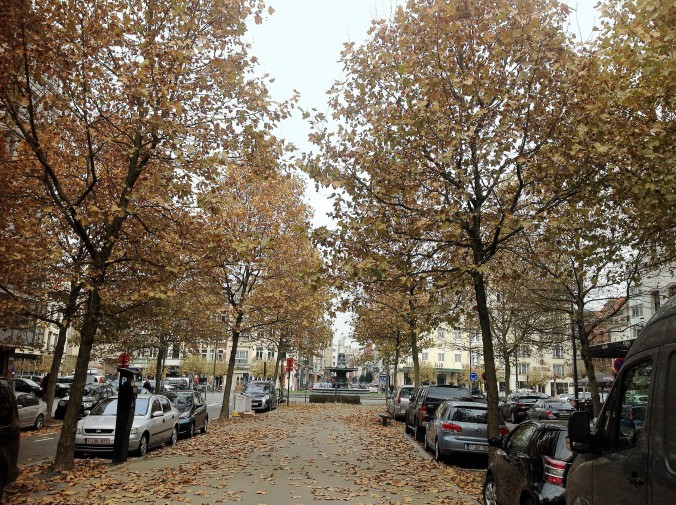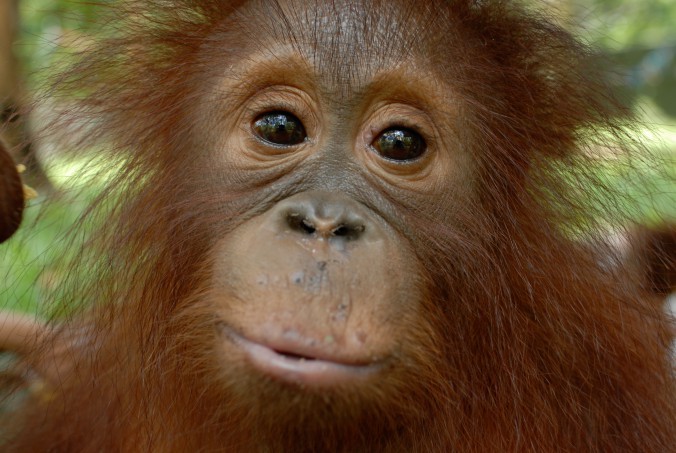This blog begs the question do trees talk? Or perhaps more specifically do they communicate with each other? According to the dictionary definition, language is what people use when we talk to each other. Looked at this way, humans are the only beings who can use language, because the concept is limited to our species. But do trees communicate with each other? If so how, they definitely do not produce sounds, so there’s nothing to hear. It turns out trees have a completely different way of communicating – they use scent.
Scent as a means of communication? The concept is not totally unfamiliar to us.… Read more “They speak a language that the strangers do not know”
